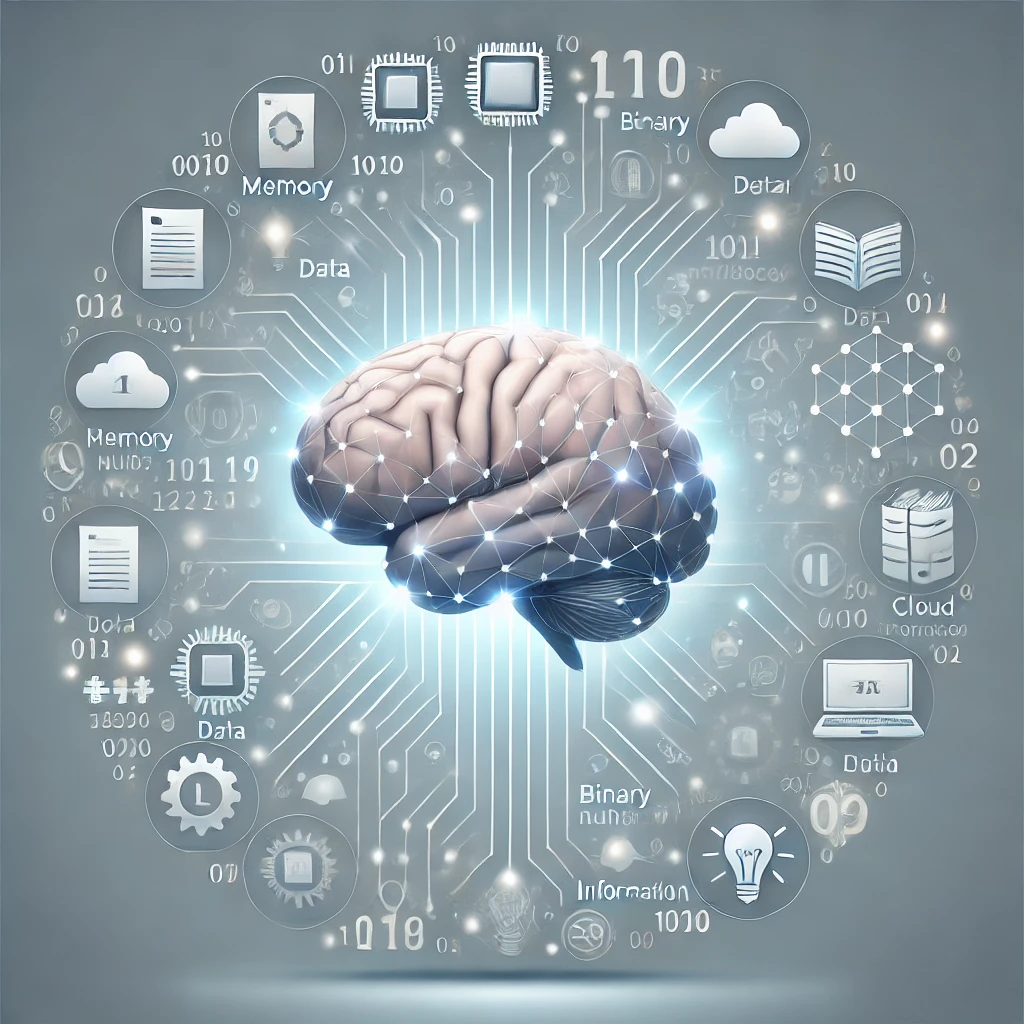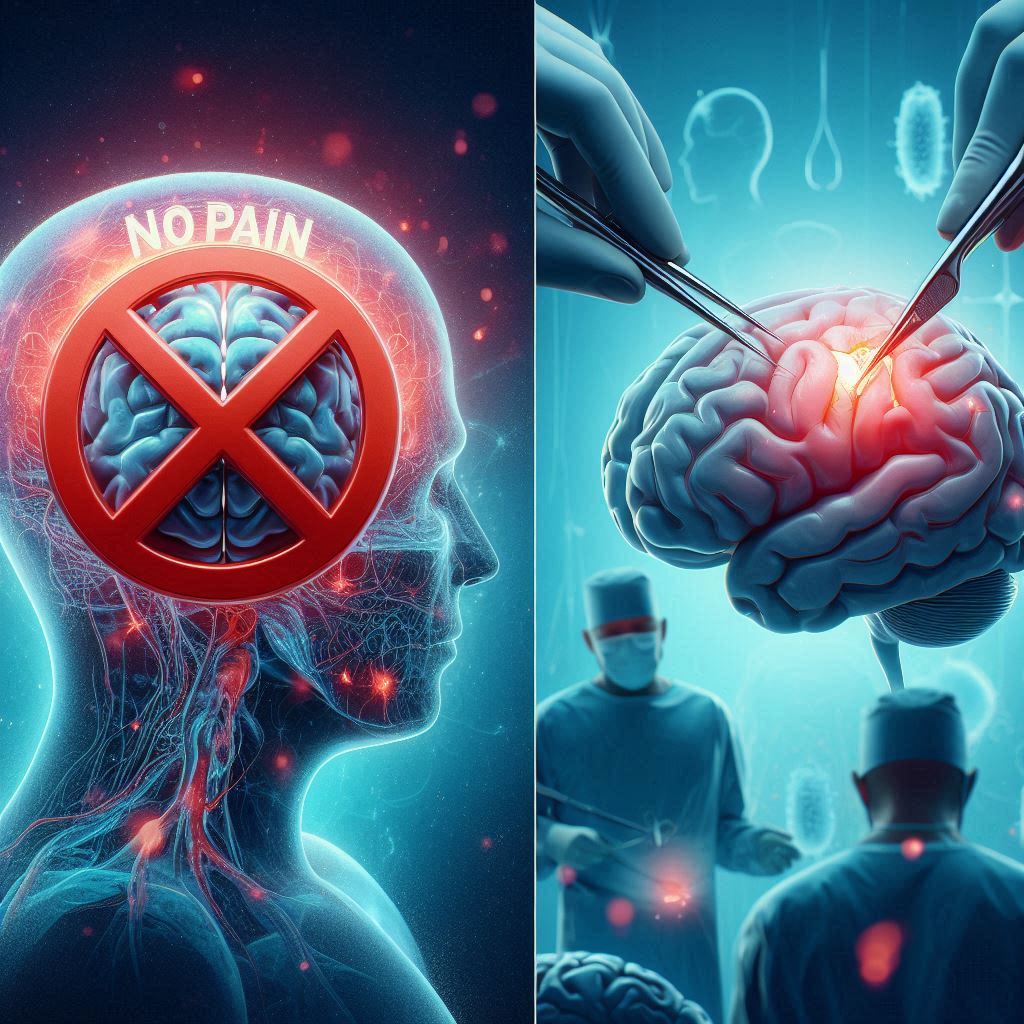The human brain is an incredible organ and today we we will know 10 fascinating facts about the Human Brain. With over 86 billion neurons and countless connections, the brain orchestrates everything from our heartbeat to our thoughts, memories, and even our quirks. Here are 10 mind-blowing facts about the human brain you probably didn’t know!
Table of Contents
1. Your Brain’s Storage Capacity is Nearly Unlimited
Unlike your phone or computer, which has limited memory, the human brain can hold vast amounts of information. Neuroscientists estimate the storage capacity of the brain to be around 2.5 petabytes – that’s equivalent to about 3 million hours of TV shows! This capacity is due to the brain’s unique way of storing information across neurons through synaptic connections, which allows for almost limitless combinations.

2. The Brain Never Stops Working, Even While You Sleep
While you might shut down for the night, your brain never does. During sleep, it’s hard at work consolidating memories, processing emotions, and even performing some “housekeeping” by clearing out toxins. Brain cells also shrink during sleep, creating more space between neurons and allowing cerebrospinal fluid to flow through and remove waste products like beta-amyloid, which has been linked to Alzheimer’s disease.
3. You Have More Than One “Type” of Memory
Memory isn’t just one single function; it’s a collection of various processes. There are several types of memory, such as episodic memory (personal experiences), procedural memory (how to perform tasks), and semantic memory (facts and knowledge). These different types are stored and processed in various regions of the brain. For example, episodic memories are processed by the hippocampus, while procedural memory is largely managed by the cerebellum.
4. Brain Cells Communicate at Speeds of Over 321.8688 kph
The brain’s neurons communicate by transmitting electrical impulses, with some messages traveling as fast as 321.8688 kilometres per hour. This rapid signalling allows for reflexes, thought processing, and coordinated movements. However, the speed varies depending on the type of neuron; for instance, pain signals travel slower, which is why you often feel the burn or prick of an injury moments after it happens.
5. You Can Rewire Your Brain Through Neuroplasticity
The brain isn’t as “hardwired” as once believed. Neuroplasticity is the brain’s ability to reorganize itself by forming new connections throughout life. This is how people can recover from brain injuries or adapt to new skills even as they age. Learning new things, practicing mindfulness, and even socializing can all strengthen and create new neural pathways, enhancing cognitive resilience.
6. The Brain Uses 20% of Your Body’s Total Energy
Despite comprising only about 2% of body weight, the brain uses around 20% of the body’s energy. This energy powers everything from neuron communication to maintaining vital functions. It’s no wonder you feel tired after a long day of intense mental tasks!

7. The Left Brain vs. Right Brain Myth is Just That – a Myth
It’s a popular belief that people are either “left-brained” (logical and analytical) or “right-brained” (creative and intuitive). However, neuroscience shows that both hemispheres are deeply interconnected and work together for most functions. Language, for example, relies on both hemispheres for processing structure (left) and understanding meaning and tone (right).
8. Your Brain Physically Changes Based on Your Mood
Emotions don’t just influence how you feel; they can also cause physical changes in your brain. Chronic stress, for instance, can shrink the hippocampus, which is critical for memory, while positive emotions promote neurogenesis, or the creation of new neurons. Neurotransmitters like dopamine and serotonin fluctuate with your emotional state, impacting everything from motivation to memory.
9. Your Brain Can Process Visual Information in 13 Milliseconds
The human brain processes images extremely quickly – as fast as 13 milliseconds. This high-speed processing allows us to interpret visual cues instantly, making visual recognition one of the brain’s strongest capabilities.
10. The Brain Itself Cannot Feel Pain
Despite being responsible for processing pain throughout the body, the brain itself lacks pain receptors, meaning it doesn’t feel pain. This is why neurosurgeons can perform brain surgery on conscious patients. However, other tissues surrounding the brain, like the meninges, can feel pain, which is why headaches can still be excruciating.

Key Takeaways
| Fact | Key Point |
| Storage Capacity | The brain can hold about 2.5 petabytes of information. |
| Brain’s Activity During Sleep | Brain is active during sleep for memory and toxin clearance. |
| Types of Memory | Memory is divided into episodic, procedural, and semantic types. |
| Communication Speed | Neurons transmit signals at speeds over 321.8688 kph. |
| Neuroplasticity | The brain can rewire itself, allowing lifelong learning and adaptability. |
| Energy Consumption | Brain uses about 20% of body’s energy. |
| Left Brain vs. Right Brain | The myth debunked – both hemispheres work together. |
| Mood Impact on Brain | Emotions cause physical and chemical changes in the brain. |
| Image Processing Speed | Brain can recognize an image in just 13 milliseconds. |
| Brain’s Pain Insensitivity | Brain itself doesn’t feel pain, enabling conscious surgeries. |
Conclusion
The human brain is a marvel of biology, constantly working, adapting, and interacting in ways that make us who we are. From its near-limitless capacity to its ability to adapt and heal, the brain is still full of mysteries. These facts are just a glimpse into the complexities of this organ that scientists are still trying to fully understand. Whether it’s how memories are stored or how we process pain, each discovery opens up new insights into our human experience.
“Every challenge our mind faces is an opportunity to unlock new strength. Trust in the power of your mind to overcome.”

Pingback: The Impact of Complaining on Your Brain: Understanding and Breaking the Cycle - impbiomed.com